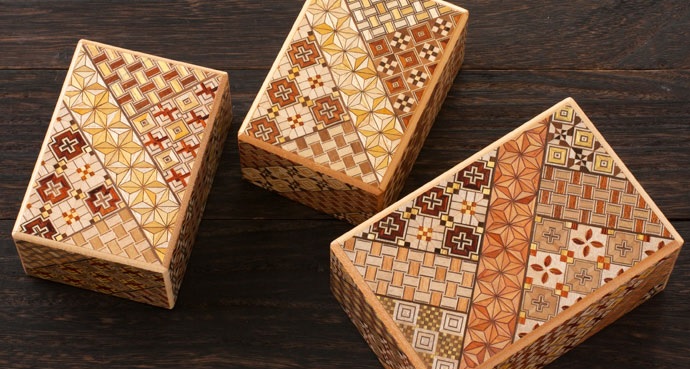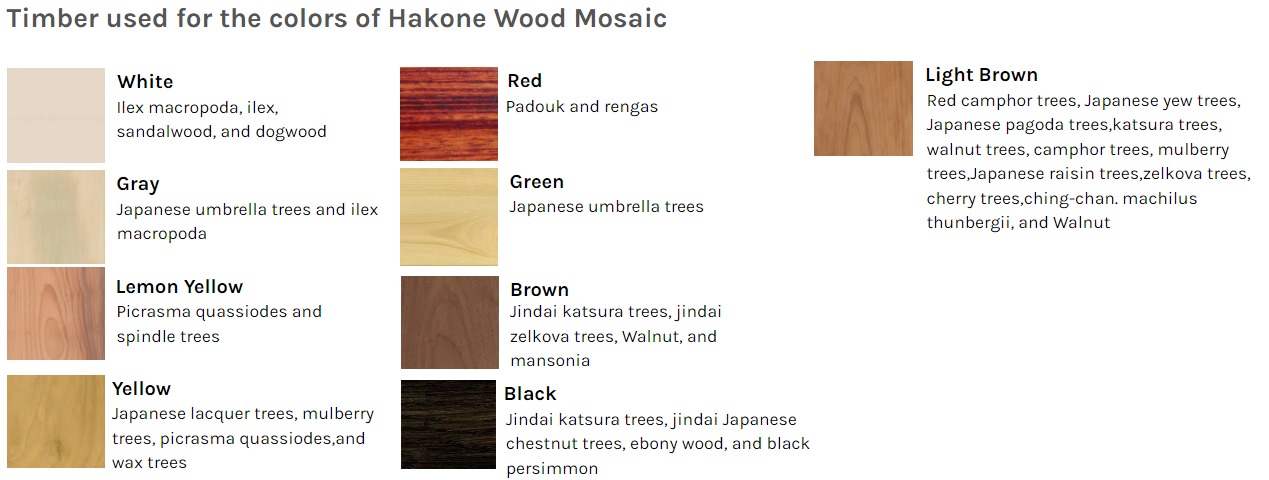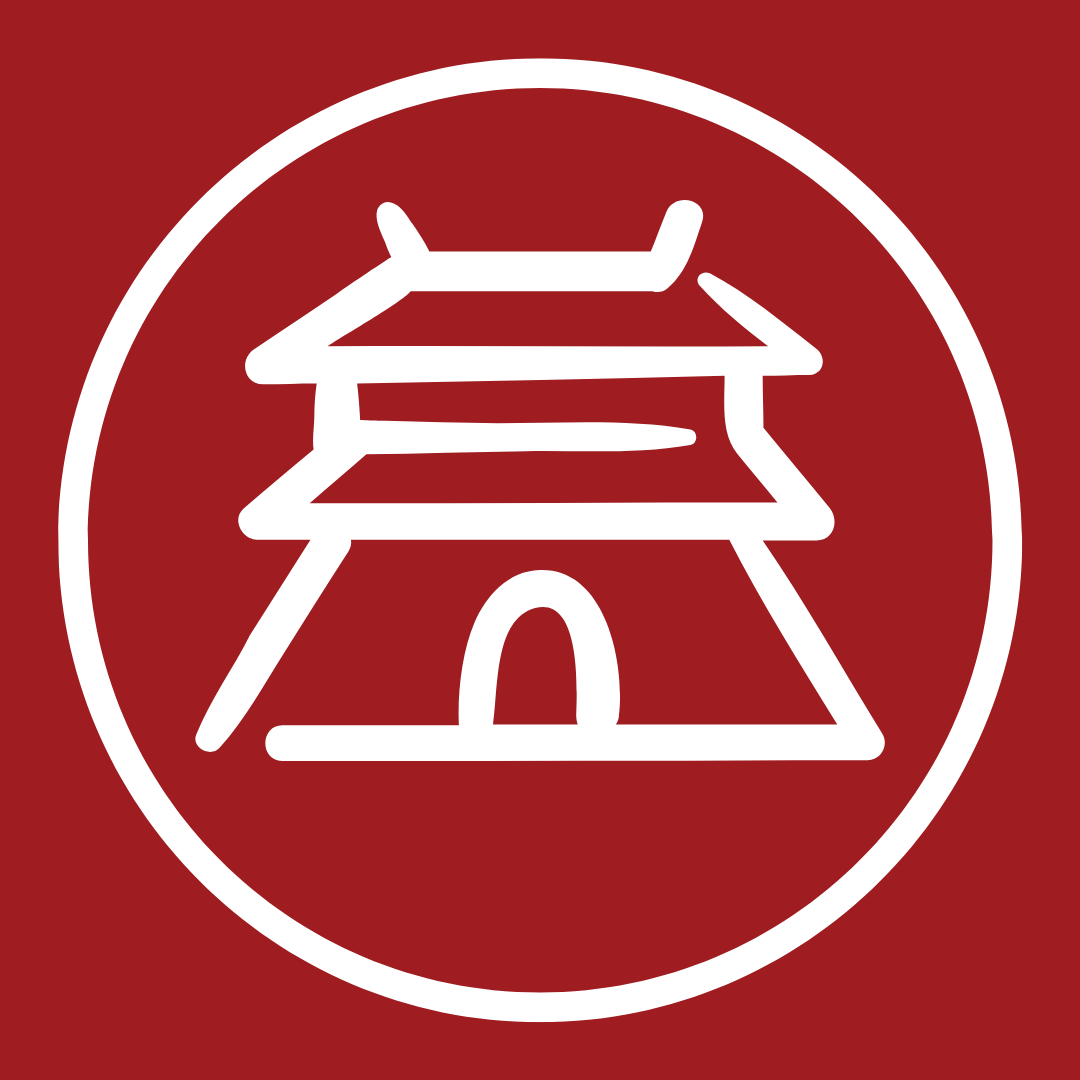There are no products listed under this category.
Hakone Wood Mosaic is also called "Yosegi" Marquetry.
Hakone is an area in Japan famous for daytrips to watch Mount Fuji. The Hakone mountain chain has a huge variety of wood and is the only place in Japan producing the famous Japanese wooden mosaic art work, which were officially designated as a traditional craft in 1984 by the Japanese Minister of International Trade and Industry. ‘Yosegi-zaiku’, literally ‘wooden mosaic craft, dates back all the way to the Edo period (1603–1868) and is made with different types, textures and colors of wood to create unique, outstanding patterns.

A traditional technique called “zuku-tsukuri” is applied to shave ultra-thin sheets of wood to attach to existing wooden boxes. Multiple blocks of wood are cut into the same geometric shape. Each block is then sliced to produce individual mosaic pieces. These are assembled into the full mosaic pattern, creating a ‘Tanegi board’. This board requires the most expertise and craftmanship as each individual block must have exactly the same shape and angles, and must be glued perfectly to produce a seamless mosaic pattern. A specialized plane is then used to scrape paper thin slices called ‘Taneita’ from the Tanegi board, each containing the same geometric pattern. Those paper-thin sheets are then decoratively glued to wooden boxes and other products. Newer techniques allow or the Taneita boards to be turned into boxes, or other crafts, directly.
Once split into sections, the different colors will be glued together to form a geometrical design. The surface is then sliced with a special tool to create thin slices, which are then applied to boxes and other handicraft works. Finally, lacquer coat is applied to add a glaze and sturdiness so it will last for many years.


Yosegi mosaic patterns are often applied on wooden boxes, which makes the finalized craft not only beautiful, but also convenient.
Furthermore, the beauty not only lies in the different colors and type of wood, but even more so in recognizing the huge amount of dedication it requires for a craftsman to design and craft the highly complex mosaic patterns.
A pattern must be well-balanced, firmly put together, not have any scarp or malformed edges, and a beautiful color combination.
Only a selected number of craftsman are able to create ‘Himitsu bako’, secret boxes.
These boxes look like regular wooden boxes without any openings, but they actually have a secret compartment which you can only open if you know the right way to swipe different wooden locks.
Some boxes can be opened with 4 swipes, but others go up to a masterwork of 75 required moves before the box opens. Traditionally, they were used to keep valuables.
Nowadays they make a popular Hakone souvenir, combining beauty, tradition, usefulness and high craftmanship that anyone can appreciate.h






